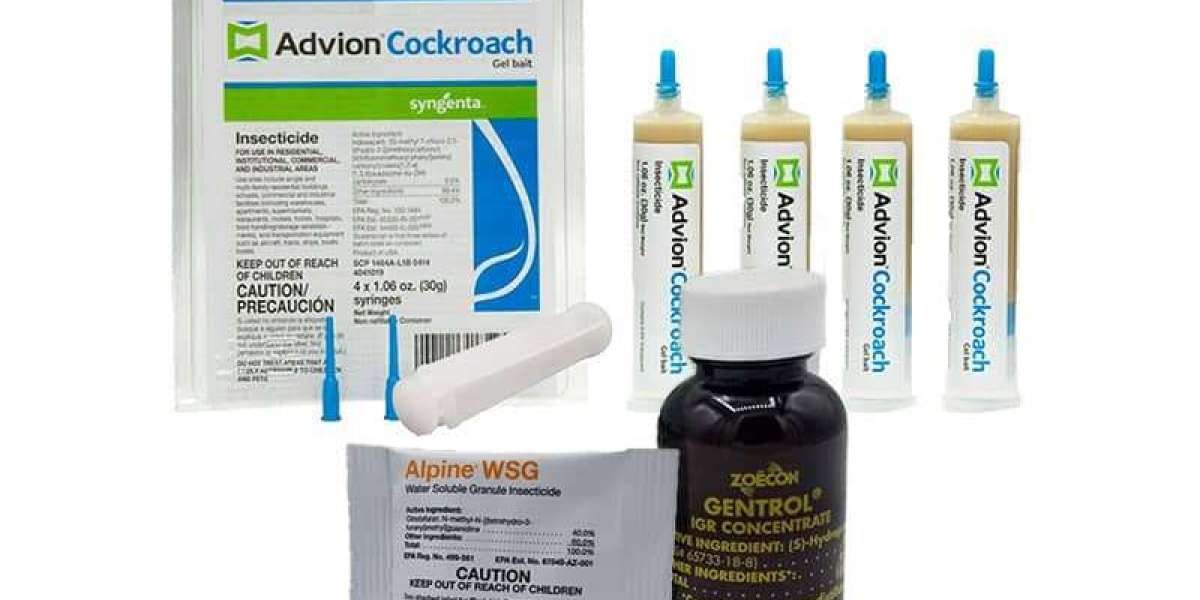Introduction
Ferro vanadium is a vital alloy used primarily in the steel industry to enhance strength, toughness, and wear resistance. As global demand for high-performance materials grows—especially in infrastructure, construction, and renewable energy—the ferro vanadium market is experiencing robust growth. A deep understanding of its raw material sources and production methods is essential for assessing market dynamics, cost structures, and strategic opportunities. This article explores the key raw materials, extraction processes, and evolving production technologies that shape the ferro vanadium industry.
Key Raw Materials in the Ferro Vanadium Market
1. Vanadium-Bearing Ores
The primary source of vanadium is vanadium pentoxide (V₂O₅), derived from various ore types, including:
Titaniferous magnetite (found in South Africa, Russia, and China)
Vanadiferous sandstone and shale
Phosphate rock (a secondary source)
These ores typically contain 0.2% to 1.5% vanadium, requiring specialized beneficiation and extraction processes.
2. Slag from Steel Manufacturing
Vanadium is also recovered from vanadium-rich slag, a byproduct of certain steelmaking processes.
This secondary recovery method is prominent in countries like China, where integrated steel and vanadium production facilities are common.
3. Petroleum Residues
Heavy fuel oil residues and fly ash from oil combustion can contain vanadium and serve as alternative raw materials.
This source is especially significant in regions with large petrochemical industries, such as the Middle East and parts of Asia.
Production Techniques in Ferro Vanadium Manufacturing
1. Pyrometallurgical Processing
The most widely used method for ferro vanadium production is pyrometallurgical reduction, involving:
Smelting vanadium pentoxide (V₂O₅) with iron in an electric arc furnace.
The result is ferro vanadium alloy, typically containing 35–85% vanadium, depending on the application.
This method is energy-intensive and generates carbon emissions, prompting research into cleaner alternatives.
2. Aluminothermic Reduction
In this technique, vanadium pentoxide is reduced with aluminum powder, producing ferro vanadium and aluminum oxide slag.
This process is commonly used when producing high-purity ferro vanadium, especially for aerospace-grade applications.
It offers better control over composition and purity but comes at a higher production cost.
3. Electrolytic Methods
Though not yet widely commercialized for ferro vanadium, electrolytic extraction is under development as a lower-emission alternative.
These methods involve electrowinning of vanadium metal or vanadium-iron alloys from solution.
Recycling and Secondary Production
Recycling of vanadium-containing steel and industrial byproducts is gaining traction due to environmental regulations and supply chain sustainability goals.
Companies are investing in closed-loop recycling systems to recover vanadium from spent catalysts, batteries, and slag, reducing dependency on primary mining.
This trend supports circular economy initiatives and can help stabilize raw material costs.
Geographical Analysis of Raw Material Sources
1. China
The largest global producer and consumer of vanadium.
Most vanadium is extracted from magnetite ores and steel slag.
Significant investment in both primary and secondary production capacity.
2. Russia and South Africa
Major exporters of vanadium-bearing ores.
Home to some of the world’s largest vanadium deposits.
3. Australia and Brazil
Emerging players with vast, untapped reserves of vanadium in titaniferous magnetite and shale.
Attracting foreign investment to develop sustainable extraction operations.
4. United States and Canada
Increasing focus on domestic critical mineral supply chains, including vanadium.
Government-backed exploration and pilot projects aim to reduce reliance on imports.
Technological Advancements and Innovation
1. Green and Low-Carbon Smelting
Companies are exploring hydrogen-based reduction and plasma smelting to reduce CO₂ emissions during ferro vanadium production.
Adoption of renewable energy sources in smelters is also a growing trend.
2. Advanced Separation Technologies
Solvent extraction, ion exchange, and membrane technologies are improving vanadium recovery rates from low-grade ores and waste streams.
These methods can increase efficiency and reduce environmental impact.
3. Digitalization and Process Optimization
Use of AI and real-time monitoring in production lines is improving yield, reducing waste, and lowering energy consumption.
Predictive maintenance and automation are becoming standard in modern ferro vanadium facilities.
Conclusion
The ferro vanadium market is built on a complex interplay of raw material availability, extraction techniques, and technological innovation. As demand for strong and sustainable materials increases across industries, producers must adapt by diversifying raw material sources, adopting cleaner production methods, and investing in recycling and circular economy models. Future growth in the market will depend not just on resource abundance, but also on innovation and the ability to meet rising environmental and efficiency standards.






